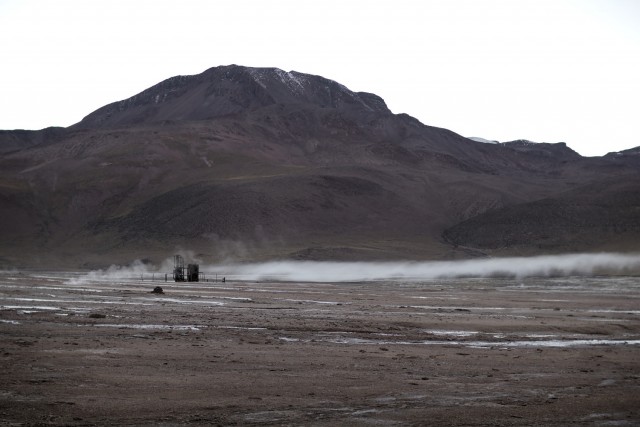A previous post about randomly generating color sets with a minimum perceptual distance addresses the technical aspects of generating sets of colors that are visually distinct for those with normal color vision as well as for those with color vision deficiencies. However, it does not address the aesthetic aspect, which I will start to address here. To create an aesthetically pleasing color cycle—an ordered set of colors for visualizing categorical data—two aspects need to be addressed, the colors that are used and the order that they are used in. While one could take an ontological approach to this by trying to define a set of rules that make a pleasing color cycle, as is done by I Want Hue,1 such a method is error-prone and substantially biased toward the personal preferences of the drafter of the rules. Instead of using ontologies, an alternative approach that is gaining traction in many fields is to infer a pattern from a large data set using machine learning techniques. This is the approach I wish to pursue.
To this end, I’ve created a Color Cycle Survey. After presenting the user with an introduction, colorblindness questionnaire, and directions, the primary survey starts. In it, the user is presented with two color sets and is asked to choose the one that is, in the user’s opinion, more aesthetically pleasing. Then, four orderings of the chosen set are displayed, and the user again makes a selection to taste. This basic process is then repeated again and again, with sets of either six, eight, or ten colors. For the choice of color set, each set is presented ordered by hue, since this makes the two sets easier to compare than if they were randomly ordered (or ordered by RGB values). Only two sets are presented, to make for an easier choice. Additionally, a line plot or scatter plot rendering is shown with each color set. For the choice of ordering, four orders are presented, since multiple orderings are easier to compare than sets, since the colors are all the same. I considered asking the user to order the colors to taste, instead of presenting possible orderings, but I decided that while such an approach yields more information per response, it takes much longer and requires more effort, so each user will likely respond many fewer times. Thus, I went with the simpler approach.
If all goes well, I’ll amass a sizable data set from the survey, which will remain available for at least a few months. Once I have data to experiment with, I’ll work out the exact analysis method. In addition to generating an “optimal” color cycle, it would also be interesting to create a model that allows for additional constraints, such as being able to choose the first color or being able to choose the exact number of colors in the cycle. Once anonymized, I’ll release the survey data under a permissive license, probably CC BY 4.0 CC0 (I’m open to suggestions). Any generated color cycles will be release into the public domain via the CC0 public domain dedication.
I Want Hue takes a fairly rudimentary approach to color vision deficiency simulation, which I find lacking; I personally have difficulty differentiating colors in the many of the sets it generates, even when its colorblind mode is turned on. It also doesn’t really address the ordering of the color set into a cycle. ↩


